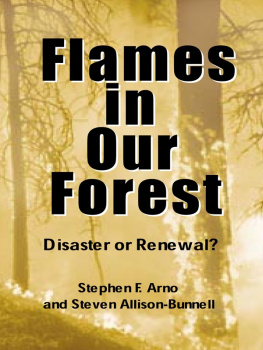
Published in 2020 by The Rosen Publishing Group, Inc.
29 East 21st Street, New York, NY 10010
Copyright 2020 by The Rosen Publishing Group, Inc.
First Edition
All rights reserved. No part of this book may be reproduced in any form without permission in writing from the publisher, except by a reviewer.
Library of Congress Cataloging-in-Publication Data
Names: Hand, Carol, 1945 author.
Title: Engineering solutions for wildfires / Carol Hand. Description: First edition. | New York: Rosen Publishing, 2020. | Series: Preparing for disaster | Audience: Grades 5 to 8. | Includes bibliographical references and index.
Identifiers: LCCN 2019009929! ISBN 9781725347885 (library bound) I ISBN 9781725347878 (pbk.)
Subjects: LCSH: WildfiresPrevention and control Juvenile literature. I Wildfire forecastingJuvenile literature. I Emergency managementJuvenile literature.
Classification: LCC SD421.23 .H36394 2020 I DDC 363.37/9 dc23
LC record available at https://lccn.loc.gov/2019009929
Manufactured in the United States of America
CONTENTS
Introduction
It was raining fire, said Roger Gray. Gray was describing the tornado-like firenado that occurred during the 2018 Carr Fire outside Redding, California. Alyssa Greenburg and Jason Wilson quoted Gray in their article in the British newspaper the Guardian. This fire was so huge and intense that it triggered its own weather system. Towering clouds of fire built up, whirled, exploded, and spread the flames. According to Charles McDermid in the New York Times, such firestorms are becoming the new normal in California.
The Carr Fire and many others left ruin behind. According to Dale Kasler in the Sacramento Bee, 2018 was Californias worst fire season on recordeven worse than 2017, which also broke records. By November 2018, California had lost 1,627,652 acres (658,687 hectares) to wildfires. The Camp Fire in Butte County became the deadliest fire in the states history. This fire alone killed eighty-five people, destroyed fourteen thousand homes, and burned 153,336 acres (62,053 ha). It destroyed the entire town of Paradise.
Why is California burning? Michael Wehner is a senior staff scientist at the Lawrence Berkeley National Laboratory. In the Guardian article, Wehner blames climate change. Californias summers are longer and drier, and winter droughts are more common. Rain is often torrential, resulting in rapid plant growth. Later, when the plants dry out, they make perfect fuel for wildfires.

In an attempt to control the massive Carr Fire, which erupted in California in July 2018, firefighters set and tended to this backfire.
Wildfire destruction is worse than it should be, though. In the 2017 fires, automated calls and digital alerts came too late to help many people. Warnings reached only a small percentage of the population. Keith Schneider, writing for ProPublica, points out that better planning could have prevented the 2018 Carr Fire. Officials could have cleared grass and brush along highways. They could have passed and enforced safety regulations. A better understanding of wildfires is badly needed. STEM conceptsideas from the fields of science, technology, engineering, and math can provide a foundation for developing new solutions for dealing with wildfires.
CHAPTER ONE
Brushing Up on Wildfires
W ildfires are uncontrolled and unpredictable blazes. They are strengthened by weather conditions, wind, and an abundance of dry fuel. They burn millions of acres per year, destroying everything in their path. Wildfires occur in many natural environments. They are named according to the type of fuelfor example, forest fires, grass fires, or peat fires. They often begin in wild areas but spread quickly, burning homes, businesses, and agricultural areas.
Wildfire Numbers
More wildfires are occurring in the United States as the climate warms. The two worst years on record as of early 2019 were the years 2017 and 2018. In 2017, there were 64,610 wildfires across the United States; about 9.6 million acres (3.9 million ha) burned. In 2018, there were 55,911 total fires, and 8.6 million acres (3.5 million ha) burned, according to the Insurance Information Institute.
Wildfires occur in every US state, but western states are especially hard-hit. According to the Insurance Information Institute, in 2017, the five states with the highest risk for wildfires were California, Texas, Colorado, Arizona, and Idaho. The ten costliest wildfires have all been in Californiasix of them in 2017 and 2018. The Camp Fire ranked number one, and the Carr Fire number eight. US wildfire losses from 2007 to 2017 totaled $5.1 billion.

The town of Paradise, California, was totally destroyed by the Camp Fire on November 8, 2018; some people relocated, but others in Paradise and Butte County are rebuilding. Many wildfires result in widespread devastation in both populated and unpopulated areas.
The United States is not alone. As the climate warms, fire seasons are becoming longer and more intense worldwide. Severe droughts provide an abundance of dry fuel. Logging old-growth forests removes large, fire-tolerant trees. Younger, less-tolerant second-growth forests burn more readily. In 2017 and 2018, Canada (especially British Columbia and Alberta) suffered its worst fire seasons ever. In 2018, a summer heat wave sparked deadly wildfires across Europe. Greece, Spain, Portugal, and Arctic countries including Sweden, Norway, Finland, and Latvia all experienced deadly fires. In 2015, draining and logging forests led to peat fires in Indonesia.
The Causes of Wildfires

Lightning is the major natural cause of forest fires. Lightning commonly causes fires during the dry season. Here, lightning starts a forest fire during the wet season.
According to Conserve Energy Future, humans cause 90 percent of wildfires in the United States. Only 10 percent start naturally. A few natural fires are caused by erupting volcanoes, but most are caused by dry lightning. This is lightning during storms having little or no rain. Lightning strikes Earth 100 times per second, or 3 billion times per year, according to Steve Nix, writing for ThoughtCo. It is responsible for some of the worst fires in the US Southwest. Most lightning strikes occur in isolated areas in southeastern and southwestern North America. Because isolated fires are harder to reach, they burn more acres than human-caused fires. Nix also wrote that the average ten-year total of acres burned by lightning-caused wildfires is 2.1 million acres (849,840 ha). Human-caused wildfires burn an average of 1.9 million acres (768,903 ha).
Fire Is Natural
Fire, used for light, warmth, and cooking, was one of the earliest human technologies. Even today, everyone enjoys a fireplace or a campfire. Fire is not always destructive. It is life giving, and it shapes ecosystems. In a forest, fire changes the chemical energy of trees into heat energy. It breaks down complex organic chemicals in trees to simpler ones that can be used to grow more trees and other plants. It opens up space to let light in. It changes forest composition. Remaining trees and plants are more fire tolerant. Different combinations of trees take over. Young trees replace old ones. Shrubs and flowers change. In the years after a fire, a burned area may have masses of wildflowers. Natural fires occur in cycles. In drier areas, cycles may be three to ten years long. In moister areas, they occur every ten to one hundred years. When fuel on the ground builds up to a certain level, the next fire occurs. Natural fires produce a dynamic forest. When humans suppress natural fires, though, too much fuel builds up, resulting in uncontrolled wildfires.
Next page
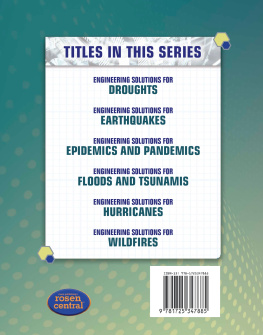
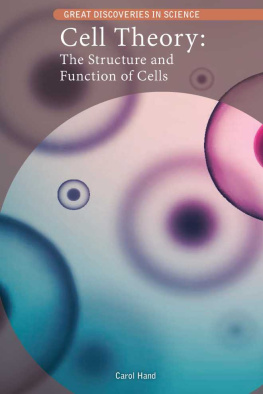



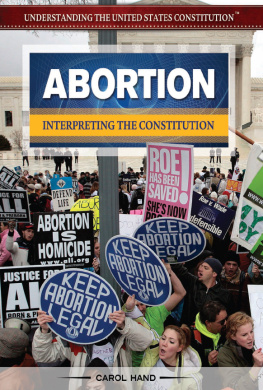


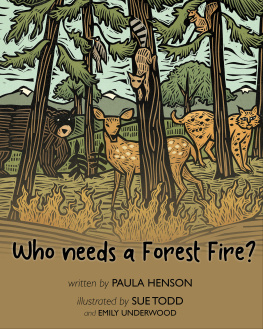

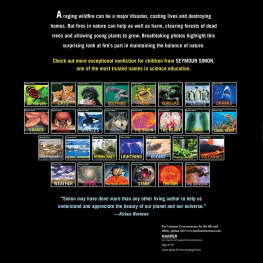
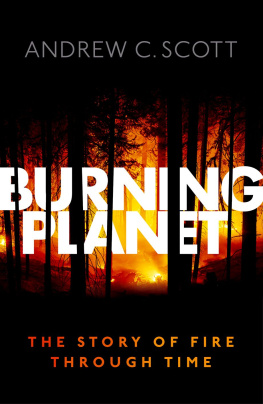

![Bimal Kanti Paul - Natural Hazards and Disasters: From Avalanches and Climate Change to Water Spouts and Wildfires Vol 1 [2 Volumes]](/uploads/posts/book/258477/thumbs/bimal-kanti-paul-natural-hazards-and-disasters.jpg)

